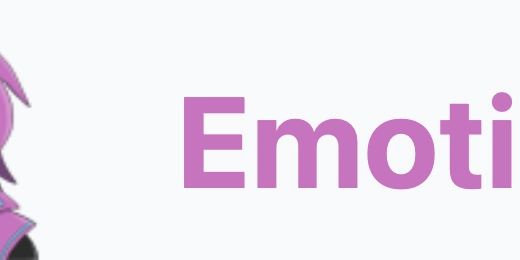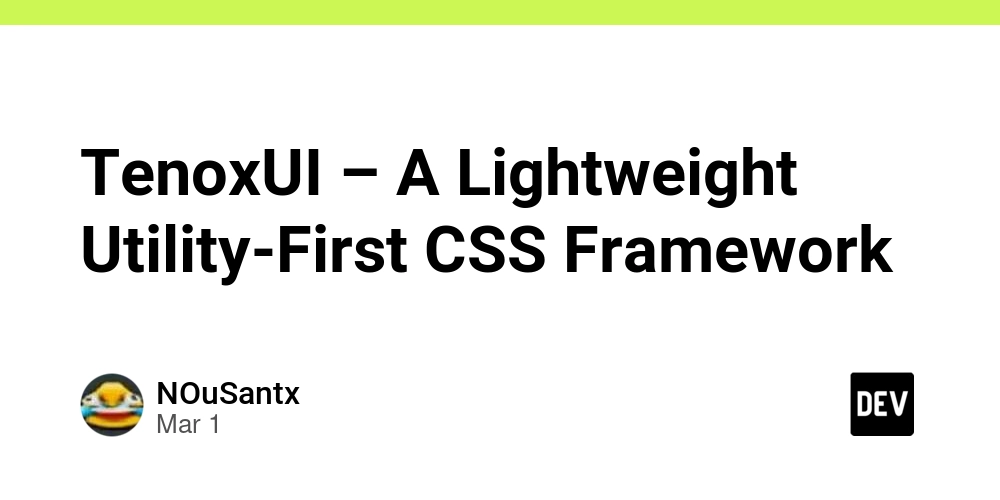YouTube's transcript feature with proxy
Unlocking YouTube's Hidden Transcript API YouTube's transcript feature is a powerful but often overlooked resource. While there's no official API endpoint for accessing transcripts, we can programmatically fetch them. In this article, I'll show you how to work with YouTube's hidden transcript API and share insights from building a TypeScript library for this purpose. Understanding YouTube Transcripts YouTube provides transcripts for many videos, either auto-generated or manually added. These transcripts include: Text content Timestamps for each segment Duration information Language information The Technical Implementation Here's how to fetch transcripts using TypeScript: import { YoutubeTranscript } from 't-youtube-transcript-fetcher'; // Basic usage with video URL const transcript = await YoutubeTranscript.fetchTranscript( 'https://www.youtube.com/watch?v=dQw4w9WgXcQ' ); // Using video ID with specific language const spanishTranscript = await YoutubeTranscript.fetchTranscript( 'dQw4w9WgXcQ', { lang: 'es' } ); The response is an array of transcript segments: interface TranscriptSegment { text: string; // The text content duration: number; // Duration in seconds offset: number; // Start time in seconds lang: string; // Language code } Handling Edge Cases When working with YouTube's transcript API, you'll need to handle various scenarios: Rate Limiting: YouTube may rate-limit requests if too many are made in quick succession Private Videos: Some videos may be private or unavailable Disabled Transcripts: Content creators can disable transcripts Language Availability: Not all languages may be available for every video Here's how to implement robust error handling: try { const transcript = await YoutubeTranscript.fetchTranscript(videoId); // Process transcript } catch (error) { if (error instanceof RateLimitError) { console.error('Too many requests, try again later'); } else if (error instanceof VideoUnavailableError) { console.error('Video is private or doesn\'t exist'); } else if (error instanceof TranscriptDisabledError) { console.error('Transcripts are disabled for this video'); } else if (error instanceof NoTranscriptError) { console.error('No transcripts available'); } else if (error instanceof LanguageNotFoundError) { console.error('Requested language not available'); } } Advanced Usage: Proxy Support For scenarios requiring proxy support (e.g., handling geographic restrictions or load balancing), you can configure proxy settings: import { HttpsProxyAgent } from 'https-proxy-agent'; // Using a pre-configured proxy agent const proxyAgent = new HttpsProxyAgent('https://username:password@proxy.example.com:8080'); const transcript = await YoutubeTranscript.fetchTranscript('VIDEO_ID', { proxyAgent: proxyAgent }); // Alternative: Using proxy configuration object const transcriptWithProxyConfig = await YoutubeTranscript.fetchTranscript('VIDEO_ID', { proxy: { host: 'http://proxy.example.com:8080', auth: { username: 'your-username', password: 'your-password' } } }); Practical Applications This API access enables various applications: Content Analysis: Analyze video content programmatically Subtitle Generation: Create custom subtitles or closed captions Search Indexing: Make video content searchable Language Learning Tools: Build tools for studying content in different languages Accessibility Features: Improve video accessibility with text-based content Best Practices When working with YouTube's transcript API: Implement Rate Limiting: Add delays between requests to avoid hitting limits Cache Results: Store transcripts to minimize API calls Handle Languages Gracefully: Check language availability before requesting specific translations Validate Input: Ensure video IDs/URLs are valid before making requests Consider Proxy Rotation: For large-scale applications, rotate through multiple proxies Conclusion YouTube's hidden transcript API offers powerful capabilities for developers. While not officially documented, it provides reliable access to video transcripts when handled properly. The TypeScript implementation shown here demonstrates how to access this functionality while handling edge cases and providing proxy support for more robust applications. The complete implementation is available as an npm package: t-youtube-transcript-fetcher. Check out the source code on GitHub for more details and implementation examples. Remember to respect YouTube's terms of service and implement proper rate limiting in your applications. Happy coding!
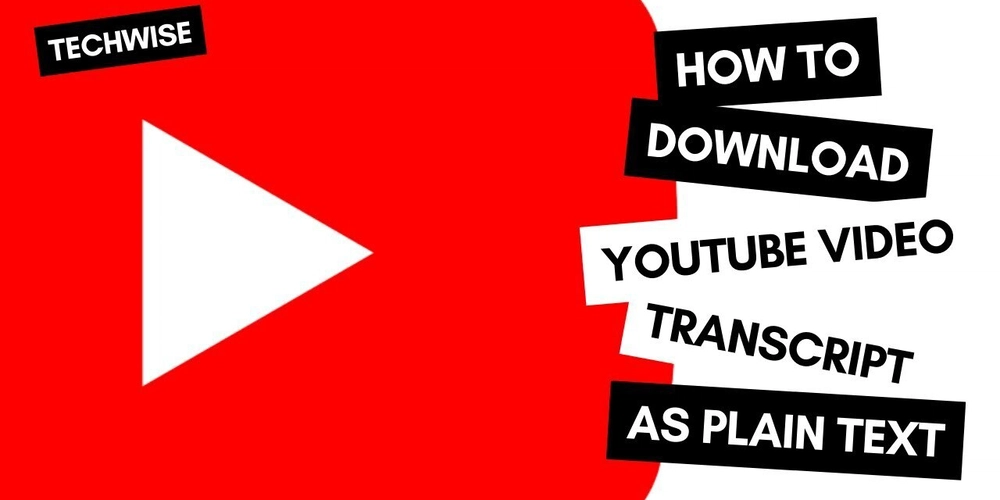
Unlocking YouTube's Hidden Transcript API
YouTube's transcript feature is a powerful but often overlooked resource. While there's no official API endpoint for accessing transcripts, we can programmatically fetch them. In this article, I'll show you how to work with YouTube's hidden transcript API and share insights from building a TypeScript library for this purpose.
Understanding YouTube Transcripts
YouTube provides transcripts for many videos, either auto-generated or manually added. These transcripts include:
- Text content
- Timestamps for each segment
- Duration information
- Language information
The Technical Implementation
Here's how to fetch transcripts using TypeScript:
import { YoutubeTranscript } from 't-youtube-transcript-fetcher';
// Basic usage with video URL
const transcript = await YoutubeTranscript.fetchTranscript(
'https://www.youtube.com/watch?v=dQw4w9WgXcQ'
);
// Using video ID with specific language
const spanishTranscript = await YoutubeTranscript.fetchTranscript(
'dQw4w9WgXcQ',
{ lang: 'es' }
);
The response is an array of transcript segments:
interface TranscriptSegment {
text: string; // The text content
duration: number; // Duration in seconds
offset: number; // Start time in seconds
lang: string; // Language code
}
Handling Edge Cases
When working with YouTube's transcript API, you'll need to handle various scenarios:
- Rate Limiting: YouTube may rate-limit requests if too many are made in quick succession
- Private Videos: Some videos may be private or unavailable
- Disabled Transcripts: Content creators can disable transcripts
- Language Availability: Not all languages may be available for every video
Here's how to implement robust error handling:
try {
const transcript = await YoutubeTranscript.fetchTranscript(videoId);
// Process transcript
} catch (error) {
if (error instanceof RateLimitError) {
console.error('Too many requests, try again later');
} else if (error instanceof VideoUnavailableError) {
console.error('Video is private or doesn\'t exist');
} else if (error instanceof TranscriptDisabledError) {
console.error('Transcripts are disabled for this video');
} else if (error instanceof NoTranscriptError) {
console.error('No transcripts available');
} else if (error instanceof LanguageNotFoundError) {
console.error('Requested language not available');
}
}
Advanced Usage: Proxy Support
For scenarios requiring proxy support (e.g., handling geographic restrictions or load balancing), you can configure proxy settings:
import { HttpsProxyAgent } from 'https-proxy-agent';
// Using a pre-configured proxy agent
const proxyAgent = new HttpsProxyAgent('https://username:password@proxy.example.com:8080');
const transcript = await YoutubeTranscript.fetchTranscript('VIDEO_ID', {
proxyAgent: proxyAgent
});
// Alternative: Using proxy configuration object
const transcriptWithProxyConfig = await YoutubeTranscript.fetchTranscript('VIDEO_ID', {
proxy: {
host: 'http://proxy.example.com:8080',
auth: {
username: 'your-username',
password: 'your-password'
}
}
});
Practical Applications
This API access enables various applications:
- Content Analysis: Analyze video content programmatically
- Subtitle Generation: Create custom subtitles or closed captions
- Search Indexing: Make video content searchable
- Language Learning Tools: Build tools for studying content in different languages
- Accessibility Features: Improve video accessibility with text-based content
Best Practices
When working with YouTube's transcript API:
- Implement Rate Limiting: Add delays between requests to avoid hitting limits
- Cache Results: Store transcripts to minimize API calls
- Handle Languages Gracefully: Check language availability before requesting specific translations
- Validate Input: Ensure video IDs/URLs are valid before making requests
- Consider Proxy Rotation: For large-scale applications, rotate through multiple proxies
Conclusion
YouTube's hidden transcript API offers powerful capabilities for developers. While not officially documented, it provides reliable access to video transcripts when handled properly. The TypeScript implementation shown here demonstrates how to access this functionality while handling edge cases and providing proxy support for more robust applications.
The complete implementation is available as an npm package: t-youtube-transcript-fetcher. Check out the source code on GitHub for more details and implementation examples.
Remember to respect YouTube's terms of service and implement proper rate limiting in your applications. Happy coding!










































































































































































![[The AI Show Episode 142]: ChatGPT’s New Image Generator, Studio Ghibli Craze and Backlash, Gemini 2.5, OpenAI Academy, 4o Updates, Vibe Marketing & xAI Acquires X](https://www.marketingaiinstitute.com/hubfs/ep%20142%20cover.png)
















































































































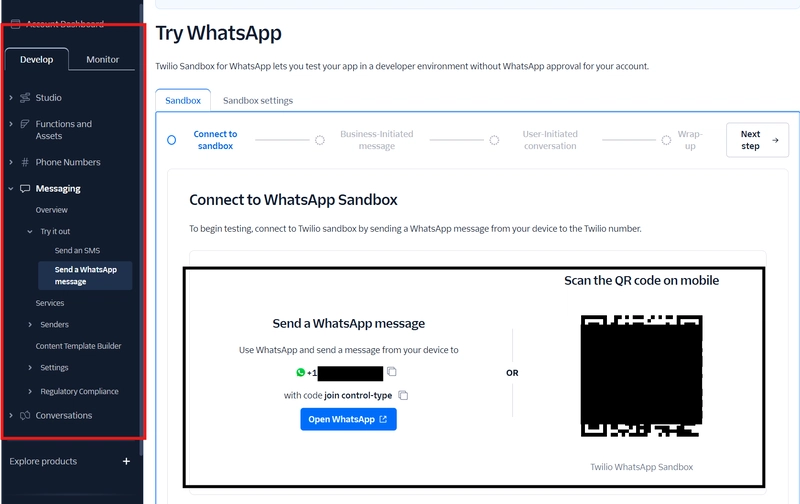

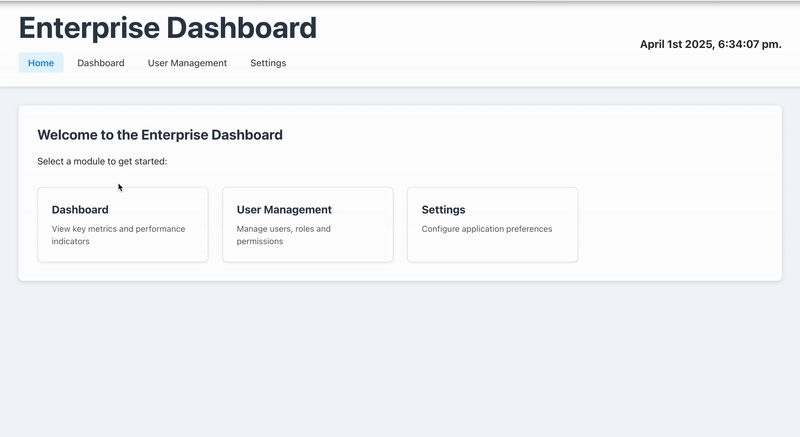










![[DEALS] The Premium Learn to Code Certification Bundle (97% off) & Other Deals Up To 98% Off – Offers End Soon!](https://www.javacodegeeks.com/wp-content/uploads/2012/12/jcg-logo.jpg)
![From drop-out to software architect with Jason Lengstorf [Podcast #167]](https://cdn.hashnode.com/res/hashnode/image/upload/v1743796461357/f3d19cd7-e6f5-4d7c-8bfc-eb974bc8da68.png?#)
















































-Mario-Kart-World-Hands-On-Preview-Is-It-Good-00-08-36.jpg?width=1920&height=1920&fit=bounds&quality=80&format=jpg&auto=webp#)























































.png?#)






(1).jpg?width=1920&height=1920&fit=bounds&quality=80&format=jpg&auto=webp#)


























_Igor_Mojzes_Alamy.jpg?#)


.webp?#)
.webp?#)









































































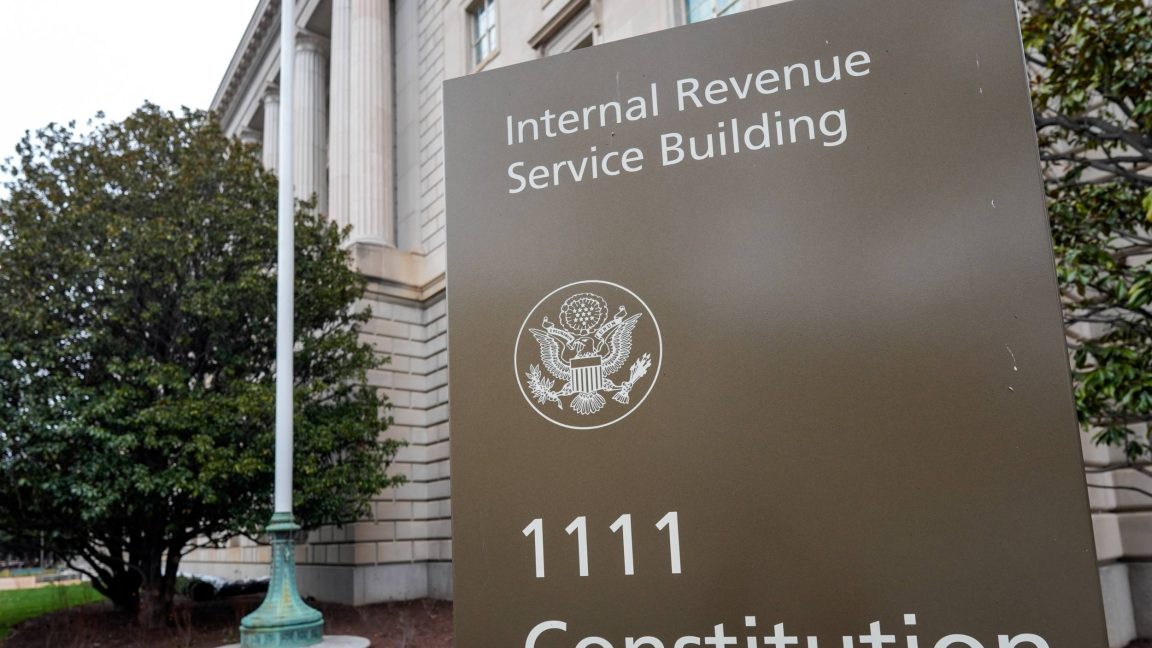








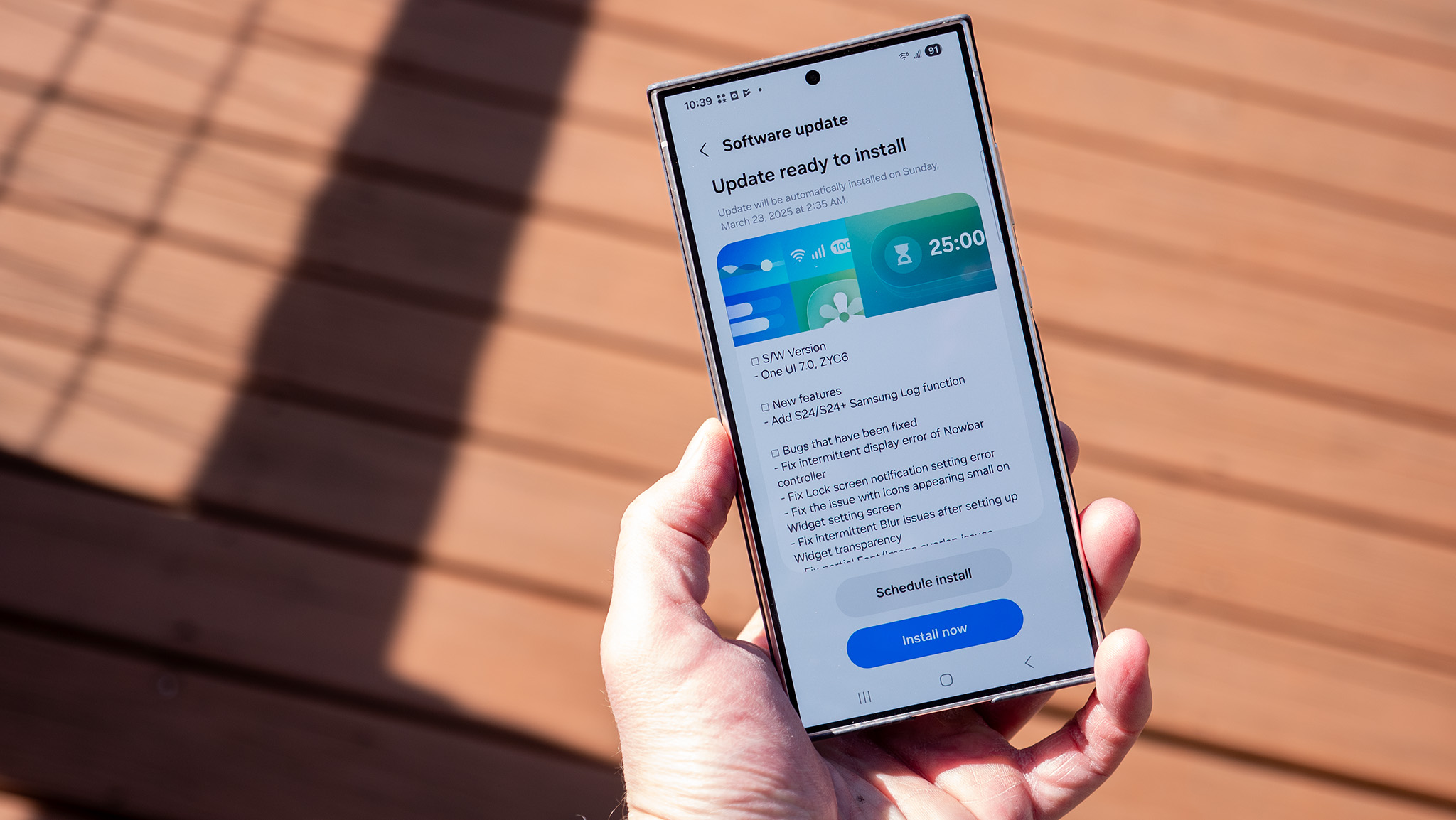

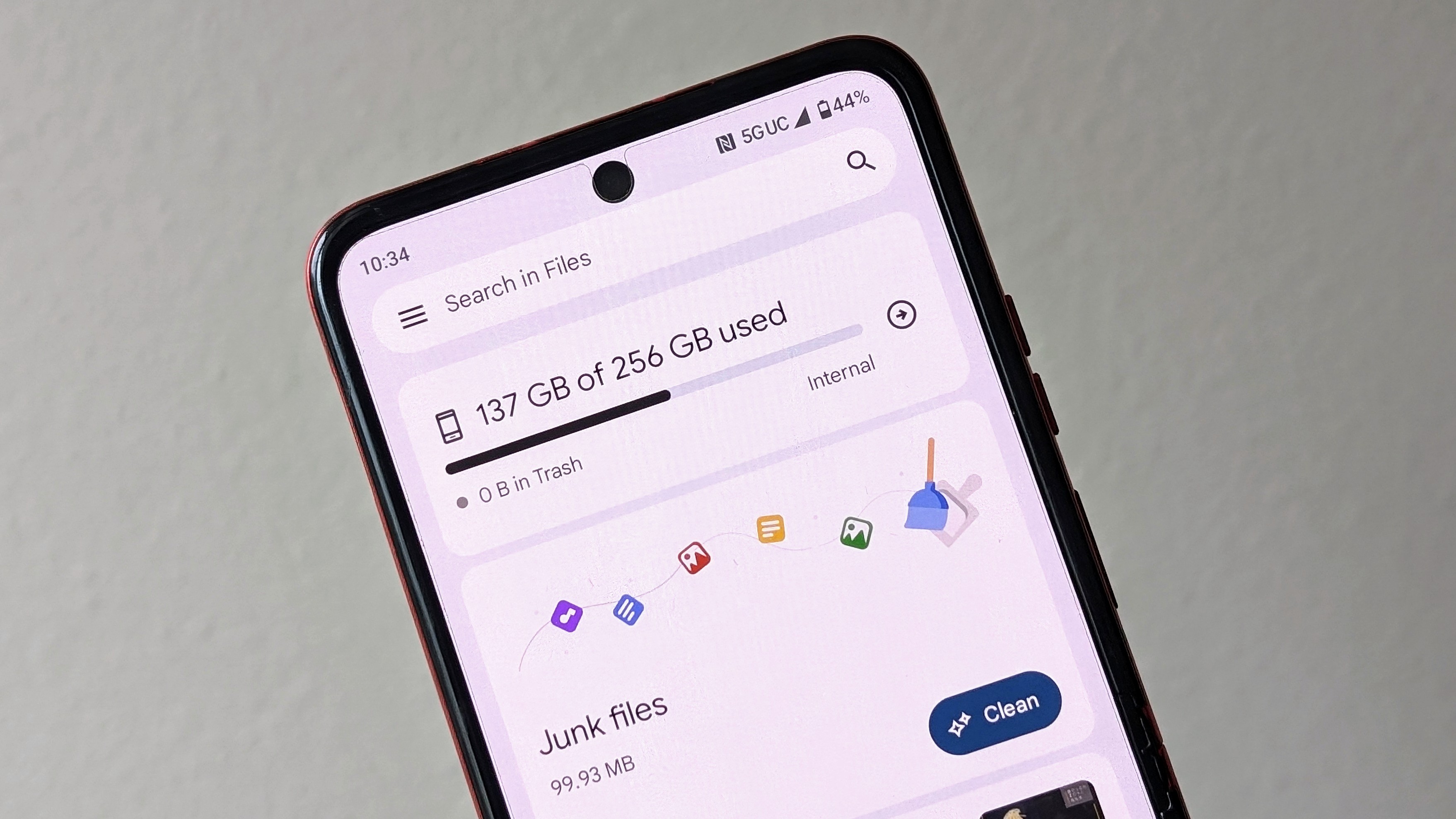
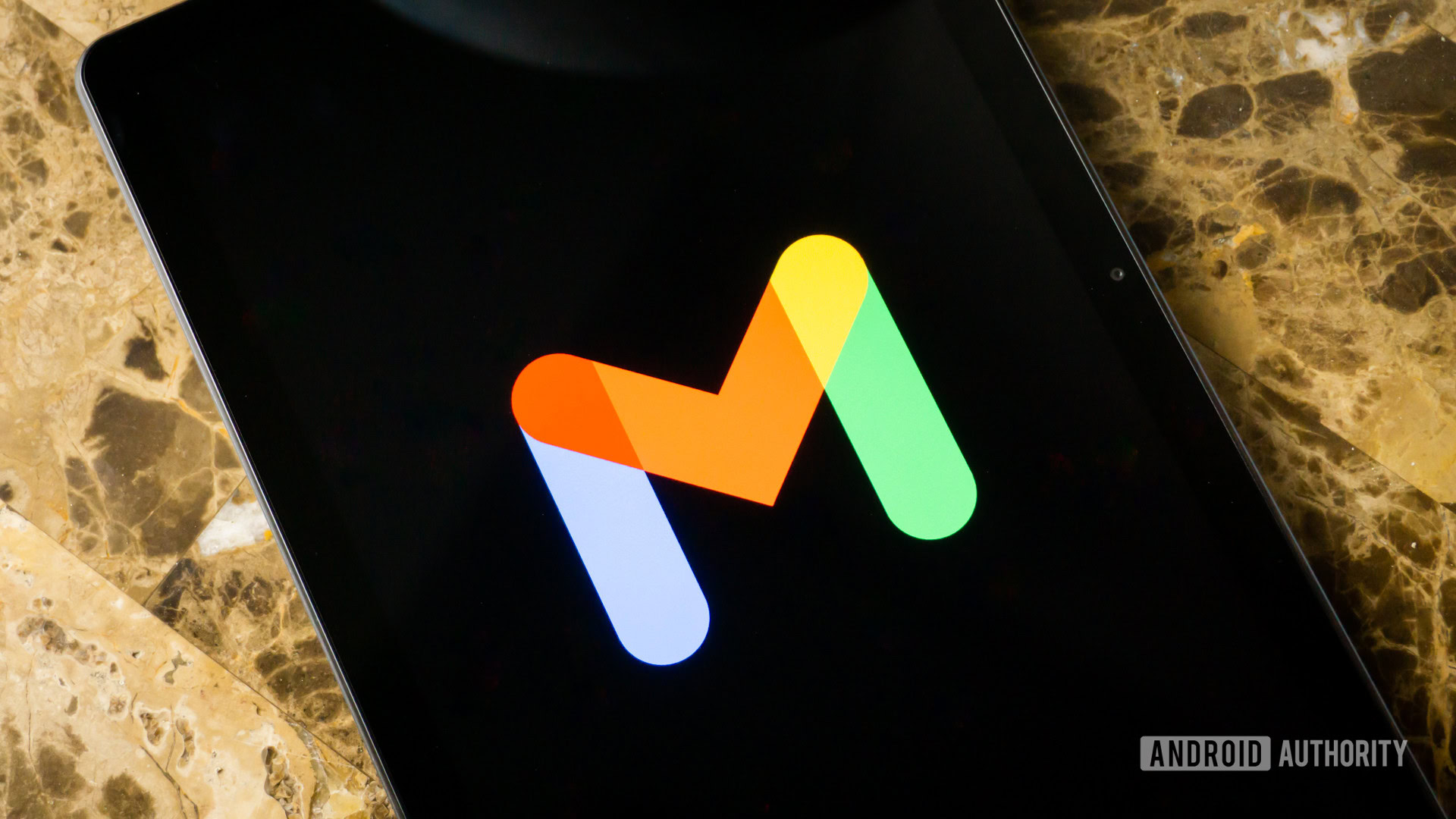




















![Apple Considers Delaying Smart Home Hub Until 2026 [Gurman]](https://www.iclarified.com/images/news/96946/96946/96946-640.jpg)
![iPhone 17 Pro Won't Feature Two-Toned Back [Gurman]](https://www.iclarified.com/images/news/96944/96944/96944-640.jpg)
![Tariffs Threaten Apple's $999 iPhone Price Point in the U.S. [Gurman]](https://www.iclarified.com/images/news/96943/96943/96943-640.jpg)






























































































































